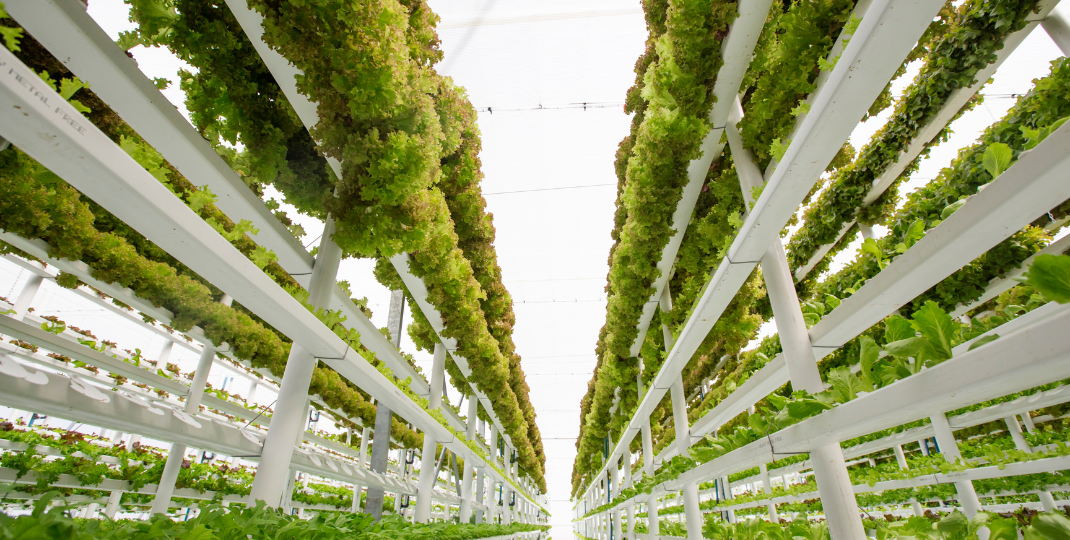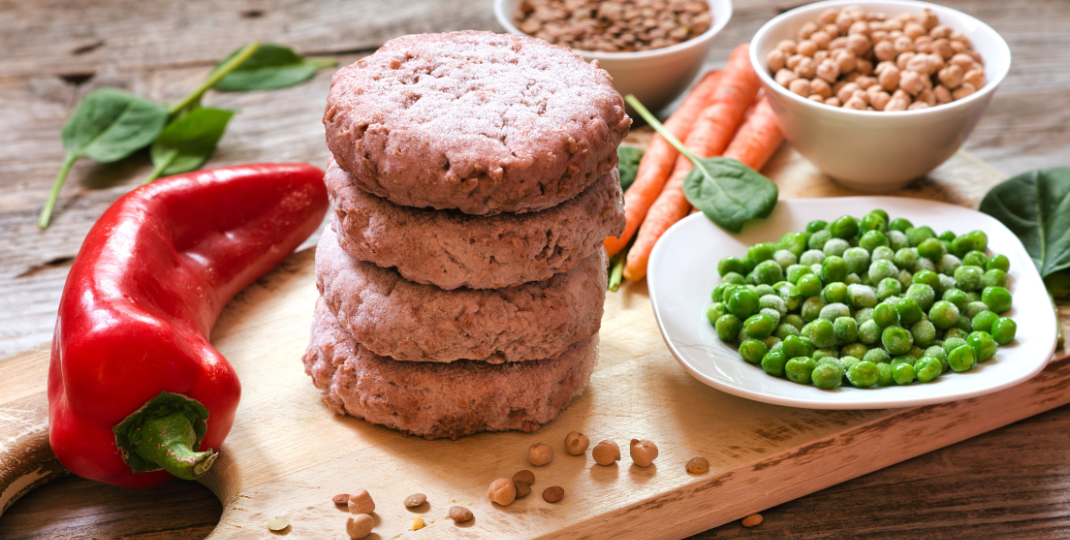Protein extraction from plant tissue is a crucial step in various scientific studies and biotechnological applications. It involves the isolation and purification of proteins present in different parts of plants, such as leaves, stems, roots, or seeds. This protocol is essential for understanding the molecular processes within plants, identifying specific protein functions, and developing new plant-based products. The extraction process typically includes steps like sample preparation, disruption of cell structures, solubilization of proteins, and their subsequent separation and quantification. By following a well-designed protein extraction protocol, researchers can obtain high-quality protein samples that are suitable for downstream analyses, such as enzymatic assays, protein profiling, or structural characterization. Overall, protein extraction from plant tissue serves as a fundamental tool for exploring the diverse roles of proteins in plant biology and biotechnology.

What is the optimal temperature for protein extraction from plant tissue?
The optimal temperature for protein extraction from plant tissue is typically around 4°C. This low temperature helps to preserve the structure and stability of proteins, preventing denaturation or degradation. It also slows down enzymatic activity that could potentially break down proteins during the extraction process. Cooling the plant tissue ensures efficient extraction of intact proteins, maximizing their yield and quality.

How does the pH of the extraction buffer affect protein yield?
The pH of the extraction buffer can significantly affect protein yield. Proteins have specific pH optima at which they are most stable and their structures are maintained. If the pH of the extraction buffer is not within the optimal range for a particular protein, it can lead to denaturation or unfolding of the protein, resulting in decreased yield. Additionally, pH affects the solubility of proteins, and if the pH is too low or high, the proteins may precipitate out of solution, leading to loss of protein during the extraction process. Therefore, maintaining the appropriate pH is crucial for maximizing protein yield during extraction.
Are there any specific enzymes or additives that can enhance protein extraction efficiency?
Yes, there are certain enzymes and additives that can enhance protein extraction efficiency. Proteases, such as papain and bromelain, can break down proteins into smaller peptides, making them more accessible for extraction. Additionally, surfactants like Triton X-100 or sodium dodecyl sulfate (SDS) can disrupt protein extraction protocol from plant tissue cell membranes and improve protein release. Other additives like reducing agents (e.g., dithiothreitol or β-mercaptoethanol) can help break disulfide bonds and aid in protein extraction. Overall, the choice of enzymes and additives depends on the specific protein source and desired extraction method.
Is there a correlation between the age of the plant and protein extraction efficiency?
How do different extraction methods (e.g., sonication, grinding, etc.) impact the quality and quantity of extracted proteins?

Yes, different plant tissues can require different extraction protocols for maximum protein recovery. This is because plants have a diverse range of cell wall compositions, cellular structures, and tissue types, which can impact the effectiveness of protein extraction methods. For example, some plant tissues may have tougher cell walls that require additional steps such as grinding or enzymatic digestion to release proteins, while others may be more easily disrupted and require simpler extraction procedures. Furthermore, certain plant tissues may contain higher levels of interfering compounds, such as polysaccharides or phenolic compounds, which can necessitate specific solvents or buffer systems to effectively extract proteins. Therefore, tailoring the extraction protocol to the specific plant tissue is crucial to ensure optimal protein recovery.

Are there specific genes or genetic factors that influence protein extraction from plant tissue?
There may be a correlation between the age of the plant and protein extraction efficiency. As plants age, their cellular structure and composition may change, potentially affecting the accessibility and quality of proteins for extraction. Factors such as changes in cell wall thickness, accumulation of secondary metabolites, and degradation of protein-coding genes could impact the efficiency of protein extraction. However, further research is needed to determine the extent and nature of this correlation.
Can different plant tissues require different extraction protocols for maximum protein recovery?
Different extraction methods, such as sonication and grinding, can have varying effects on the quality and quantity of extracted proteins. Sonication utilizes sound waves to disrupt cells and release proteins, which can result in efficient extraction but may also cause protein denaturation or degradation. On the other hand, grinding physically breaks down cells using mechanical force, which can preserve protein integrity but may be less efficient in terms of extraction yield. Therefore, the choice of extraction method should consider the desired protein quality and quantity for downstream applications.

Protein Extraction Protocol from Plant Tissue: A Comprehensive Guide

Yes, there are specific genes and genetic factors that influence protein extraction from plant tissue. These genes regulate various aspects of protein production, including the synthesis, folding, and transport of proteins. Additionally, genetic factors such as the presence of specific enzymes or regulatory elements can affect the efficiency and yield of protein extraction methods from plant tissues. Understanding these genetic factors is crucial for optimizing protein extraction protocols and improving the overall quality and quantity of proteins obtained from plants.
Can protein extraction from plant tissue be optimized for specific target proteins?
Yes, protein extraction from plant tissue can be optimized for specific target proteins. This can be achieved by employing different extraction methods such as differential centrifugation, sonication, or using specific buffers and detergents to disrupt the cell walls and membranes and release the proteins of interest. Additionally, techniques like immunoprecipitation, affinity chromatography, or recombinant protein expression can be used to specifically isolate and purify the target proteins from the extracted mixture. By tailoring the extraction protocols and utilizing these techniques, researchers can optimize protein extraction to obtain higher yields and purity of the desired target proteins from plant tissues.

In conclusion, protein extraction from plant tissue is a crucial step in various research fields, including biochemistry, molecular biology, and biotechnology. By employing an efficient and optimized protocol, researchers can obtain high-quality proteins for further analysis and characterization. The choice of extraction method, such as grinding, homogenization, or sonication, should be determined based on the specific plant tissue and its cellular components. Additionally, factors like buffer composition, pH, temperature, and duration of extraction play significant roles in achieving optimal protein yield and integrity. With advancements in technology and the availability of diverse extraction methods, researchers are continuously improving protocols to enhance protein extraction efficiency and overcome challenges associated with plant tissues' complex composition. Ultimately, reliable and reproducible protein extraction protocols enable scientists to explore the functional and structural properties of plant proteins, contributing to the understanding of plant biology and potentially leading to valuable applications in agriculture, medicine, and industry.